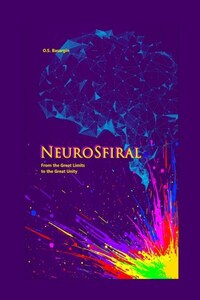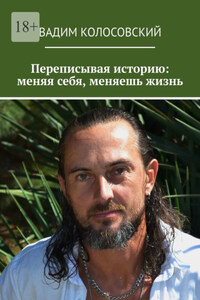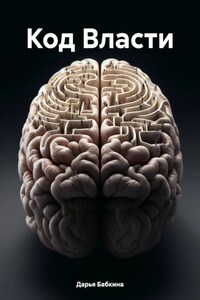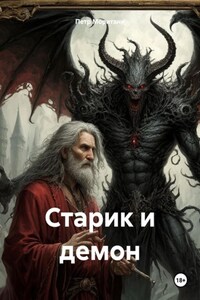The book «Neurosfiral: From the Great Limits to the Great Unity» embarks on a journey through the depths of time, consciousness, and culture, built on the intersection of philosophy, science, and inventive thought. Its pages unveil the concept of the «Sfiral» as a key to understanding time, meanings, and harmonious development. It serves as a bridge between philosophy, science, culture, and technology, offering a model capable of uniting disparate elements into a cohesive whole.
This book invites the reader to delve deeply into the nature of time and meaning. Here, ancient symbols like the Great Limit meet modern technological achievements such as fractal sfiral neurons. These concepts not only connect the past with the future but also pave the way to harmonious Unity, where culture, science, and ethics function in a unified rhythm.
The question of time has always fascinated humanity. At different stages of history, its understanding has reflected society’s perception of itself and the world. The linear model, where events follow one another irreversibly, shaped ideas of progress and inevitability. The cyclical model, on the other hand, emphasized the recurrence of natural and social processes. However, each of these models remained one-sided, neglecting the multidimensional flows of time and their influence on consciousness.
The «Sfiral» model, which forms the foundation of this book, offers a new perspective on time. Its concept is built on integrating linearity, cyclicality, and transformation. This is not merely a philosophical idea but also a practical solution for today’s world, where managing time flows becomes essential for achieving harmony.
This book invites you not just to read but to feel its pages. They encapsulate the essence of the philosophy of Sky Politics and the Fellowship of the Farseeing Oleg, where the correction of names, the purification of meanings, and the return to the root meanings of words become acts of internal and external transformation. May this journey lead you to a profound understanding of the unity of time, culture, and consciousness.
Chapter 1. The Mysteries of Time: From Linearity to the Sfiral
Time has always been one of humanity’s greatest enigmas. Its nature, flow, and impact on human life have sparked countless questions that philosophers, scientists, and artists have sought to comprehend over centuries. The linear model of time, most prevalent in Western culture, asserts that it moves in one direction – from the past to the future. However, this approach has proven too simplistic to explain the complex cycles and changes observed in nature, society, and consciousness.
On the other hand, the cyclical model, widespread in ancient cultures such as Indian, Chinese, and Greek, introduced the idea of recurrence. Cycles of day and night, seasons, and human lives illustrated the concept of eternal return. Yet, while cyclicality explains many natural phenomena, it fails to answer the question: where does the new come from, and how do transformations arise?
These two models, each reflecting certain aspects of time, remained insufficient to explain its multidimensionality. In the 21st century, with humanity confronting an unprecedented pace of change, it has become clear that the very foundations of time perception need re-evaluation. This is where the concept of the «Sfiral» comes into play – a new model of time that combines elements of linearity, cyclicality, and transformation.
Historical Roots of Time Concepts
The understanding of time as a linear phenomenon is linked to the development of monotheistic religions and a historical approach to the world. In biblical texts, time is depicted as a line leading from the creation of the world to its end. This model found reflection in the science of the Enlightenment era, where Newtonian mechanics described time as absolute, uniform, and continuous. Such linearity gave humanity a sense of progress and the ability to control the future.
The cyclical model, by contrast, reflects observations of natural rhythms and is rooted in mythological consciousness. The Vedas, ancient Chinese treatises, and classical Greek philosophers spoke of eternal repetition. The Greek philosopher Heraclitus asserted that everything flows and returns, akin to the water cycle. In China, the philosophy of Yin and Yang described the alternation of opposites, as reflected in the idea of the Great Limit.
However, both linear and cyclical models overlooked one crucial aspect: the transition between states. How does one cycle transition to another? Why do some cycles conclude while others open new horizons?
Challenges of Existing Time Models
Modern challenges such as globalization, the digital revolution, and ecological crises have shown that linear time perception no longer works. Planning based on the assumption of infinite growth has led to economic and ecological dead ends. While cyclicality is useful for forecasting, it does not address the question of radical transformations.








